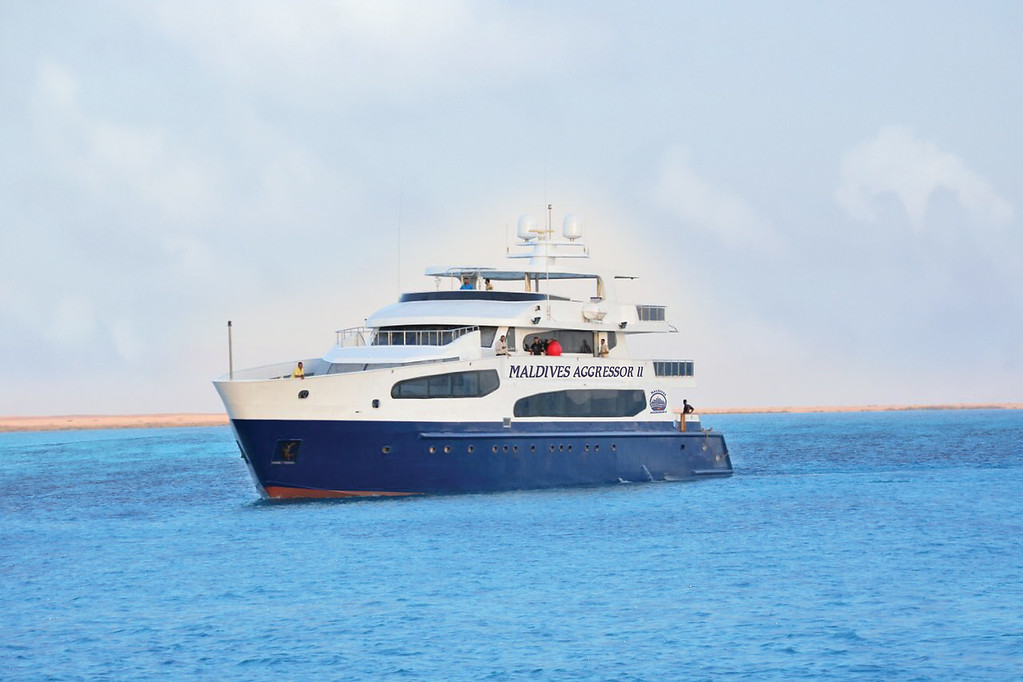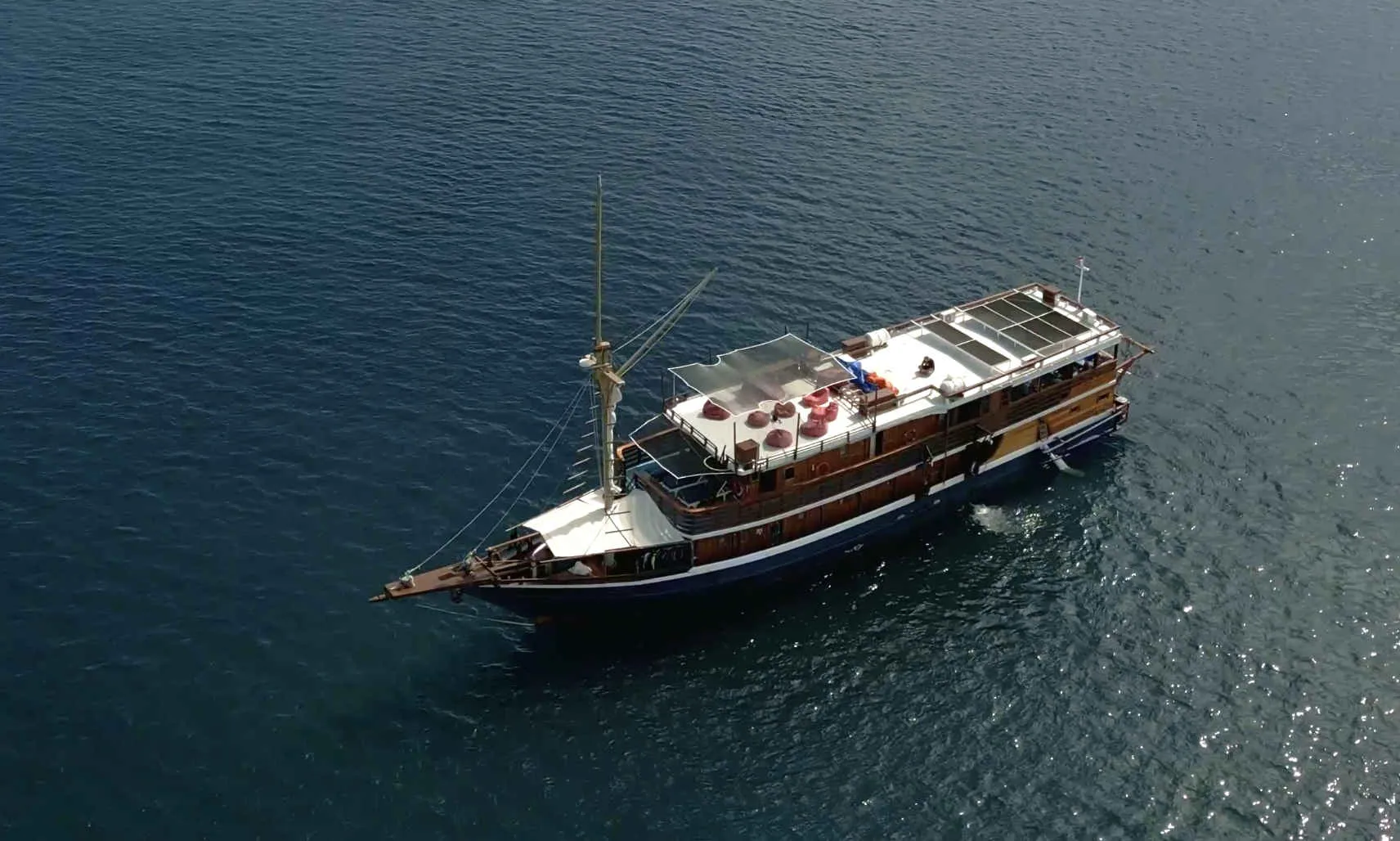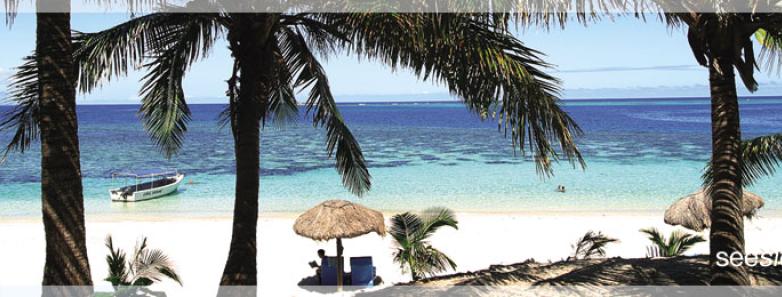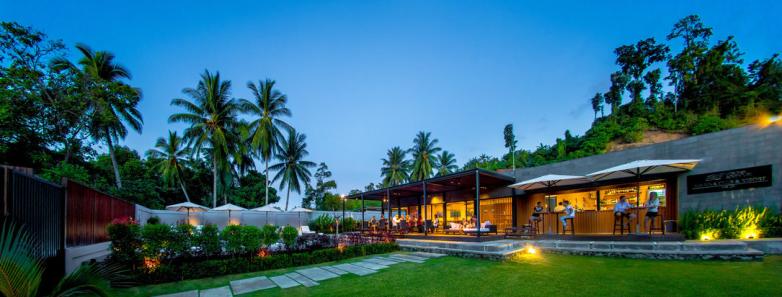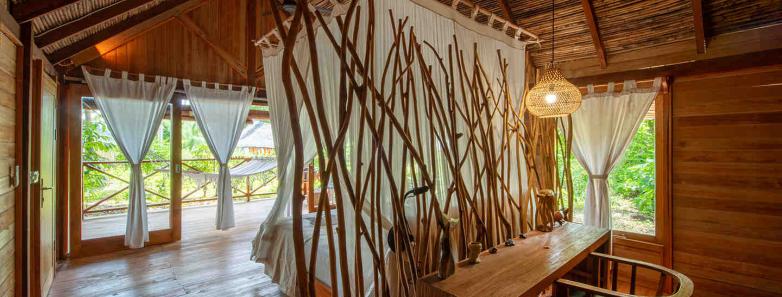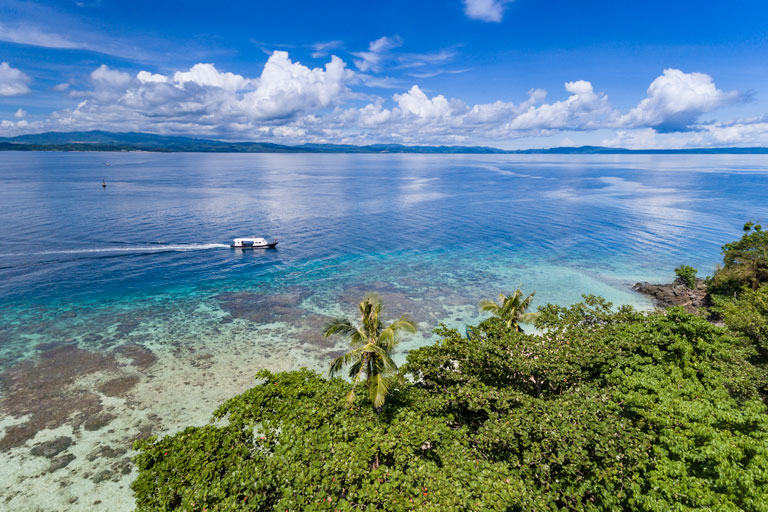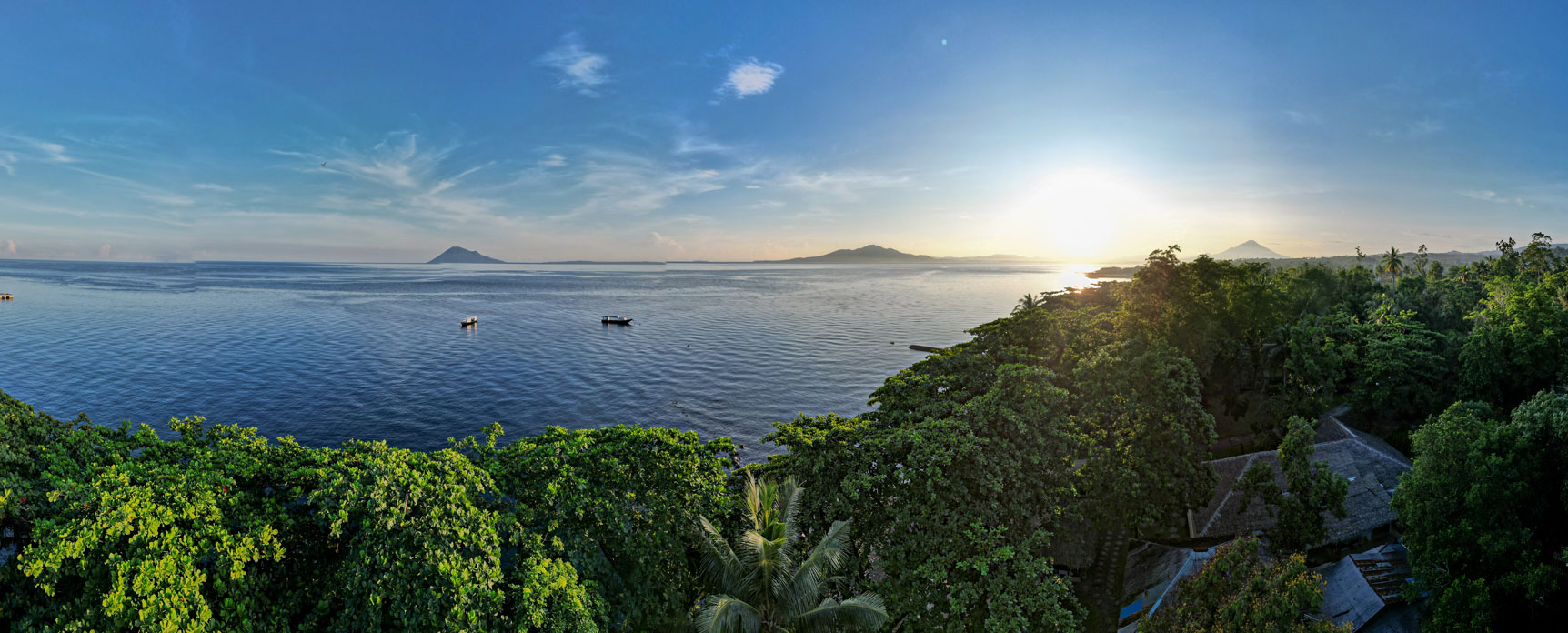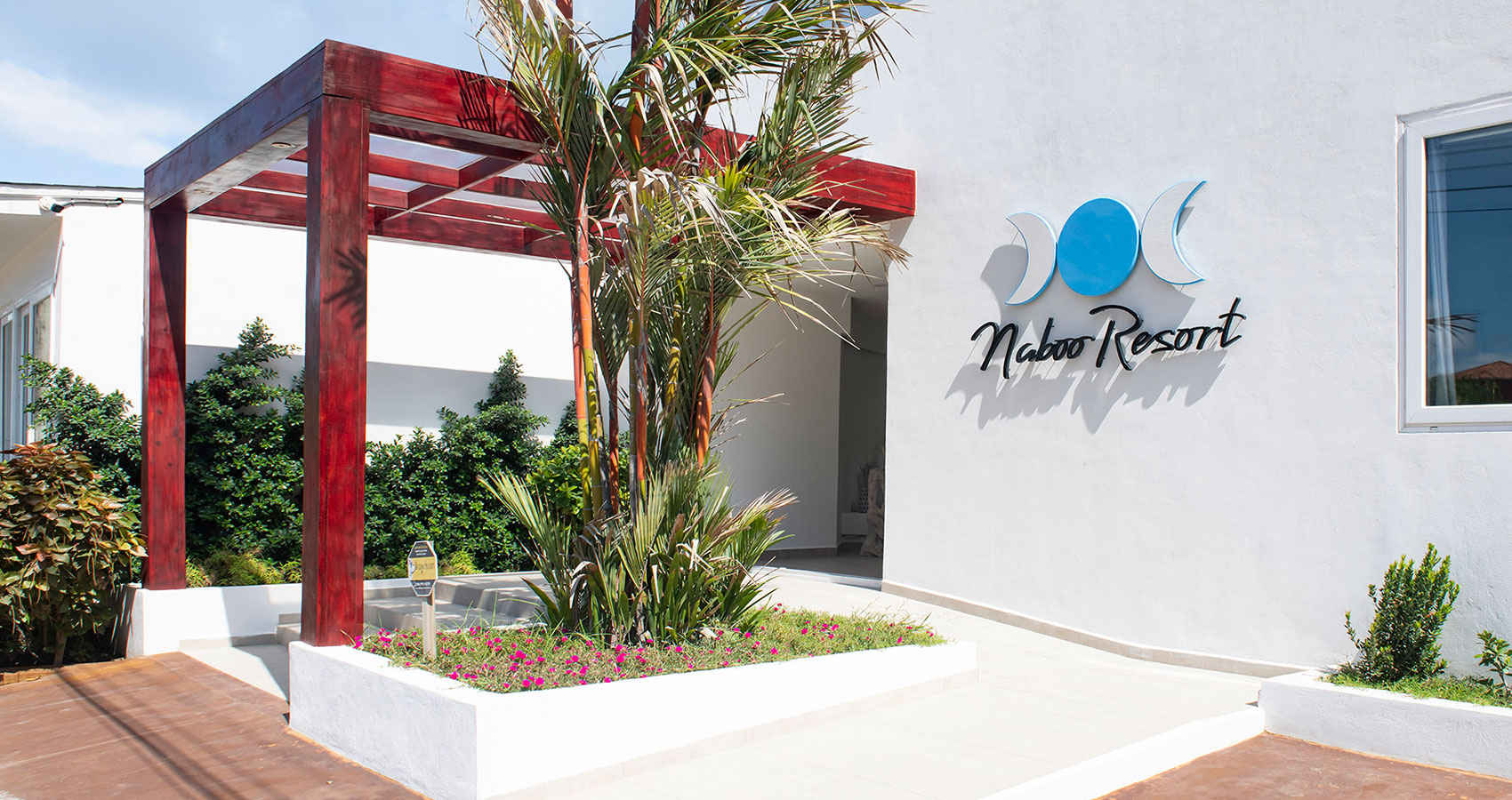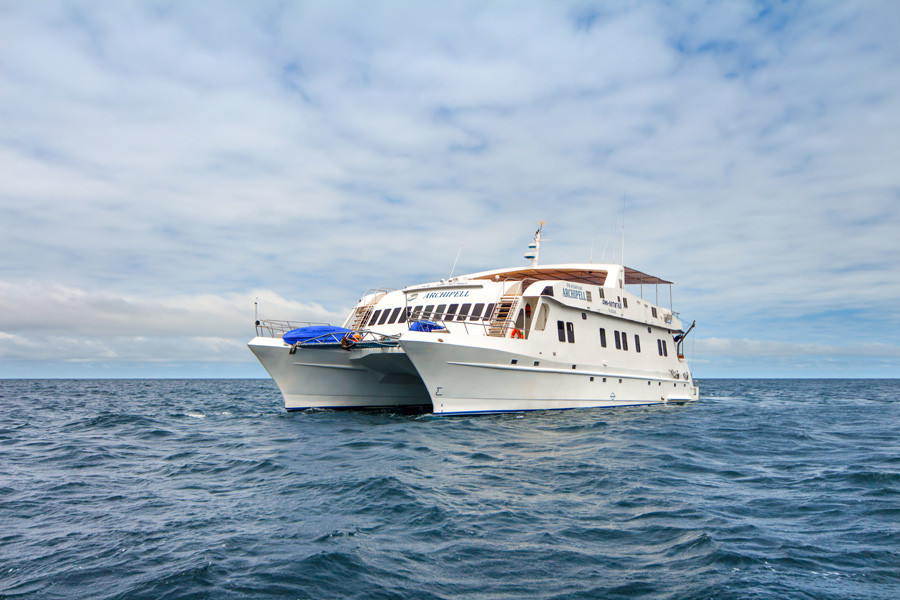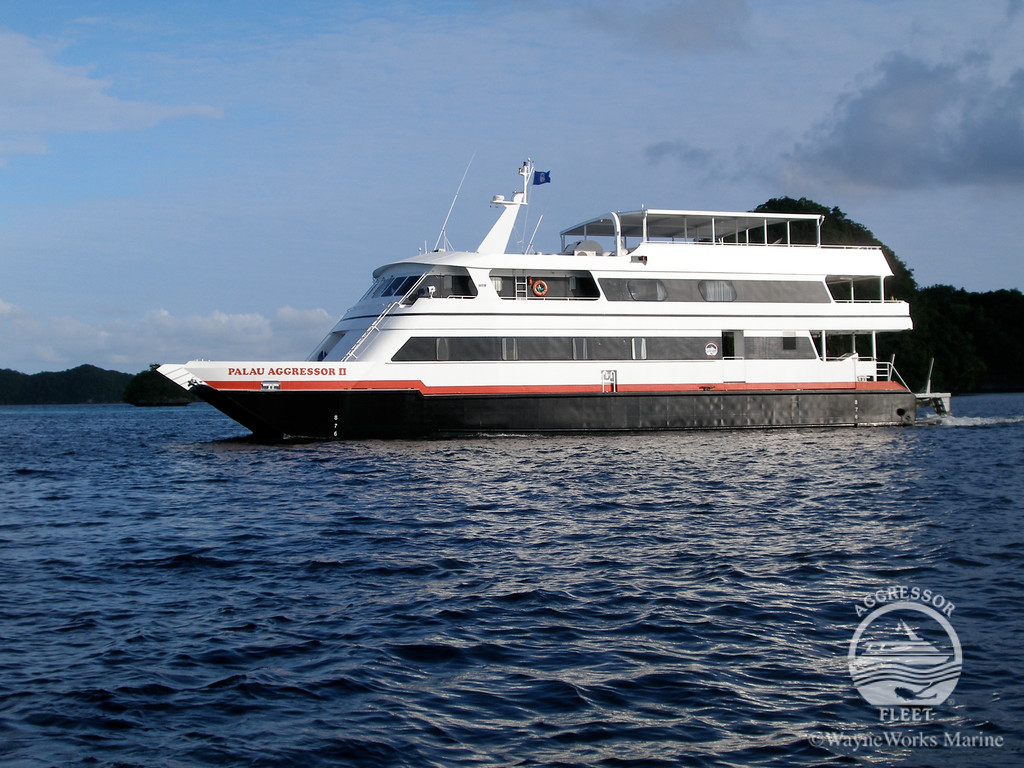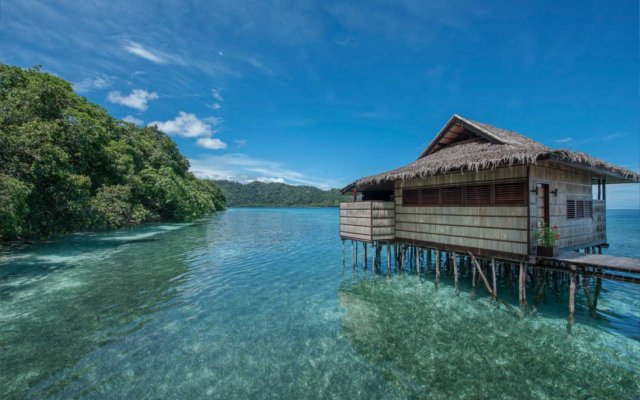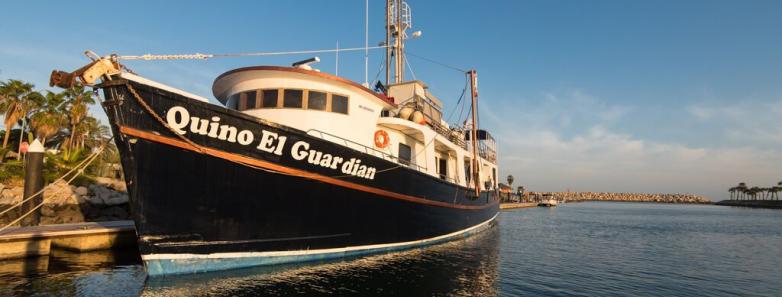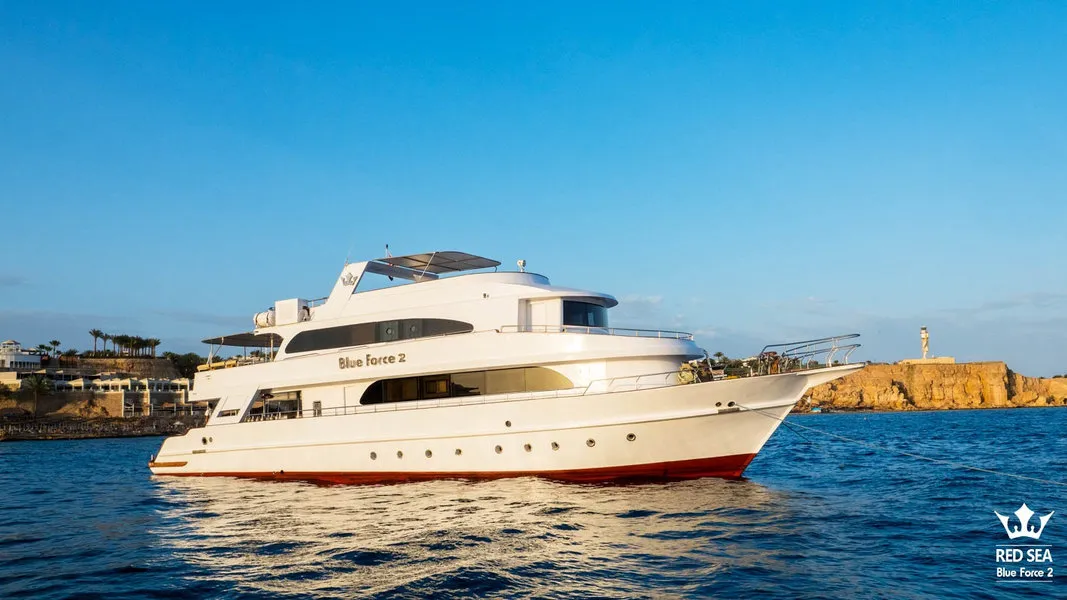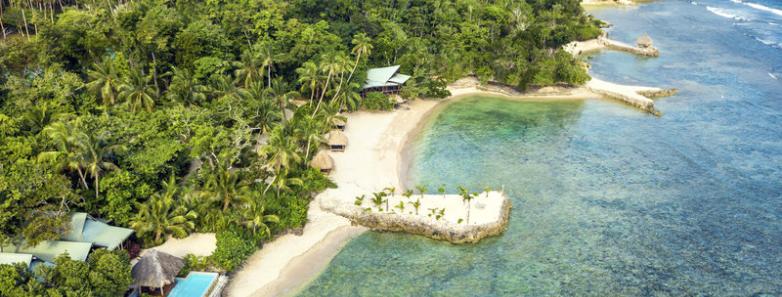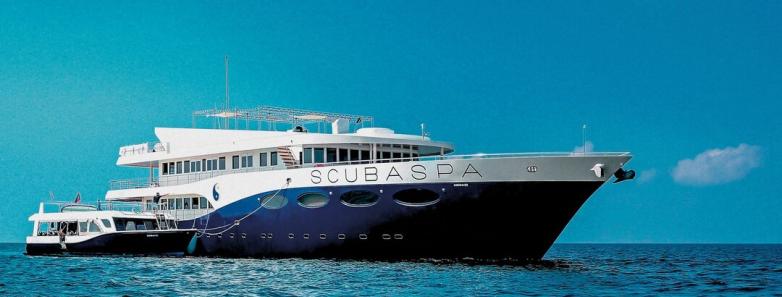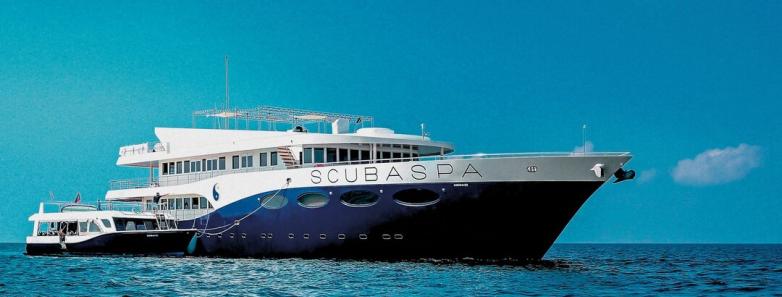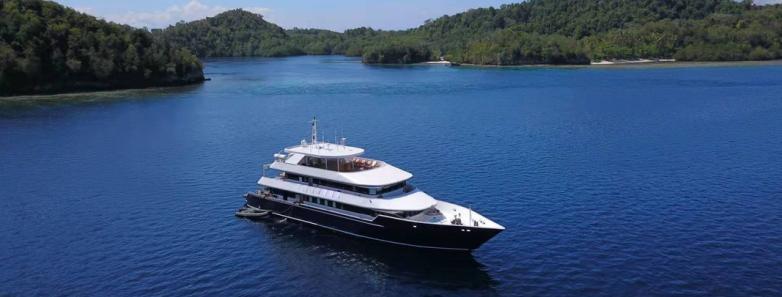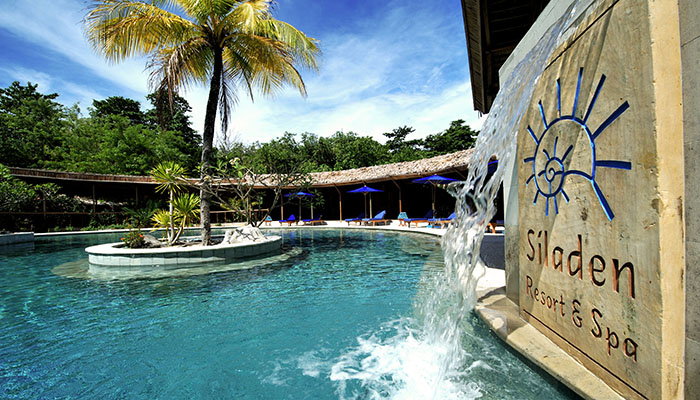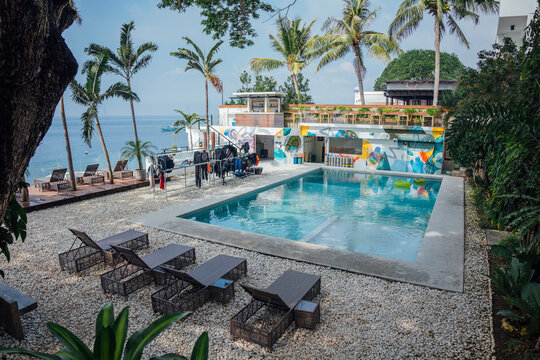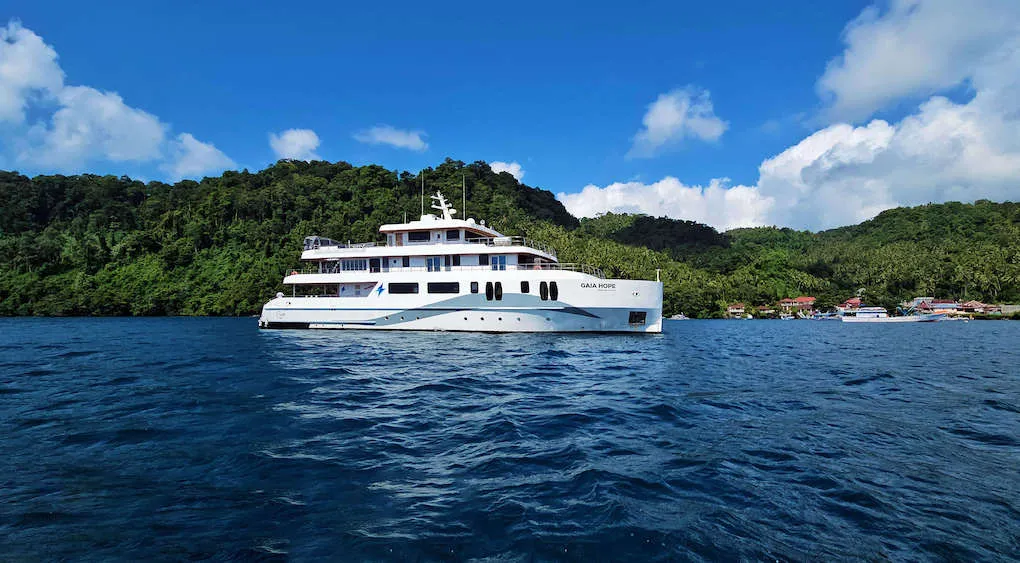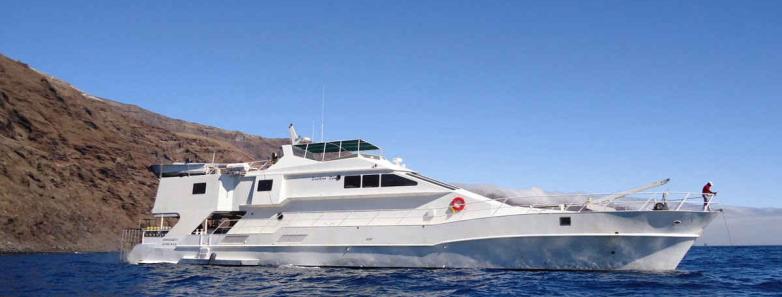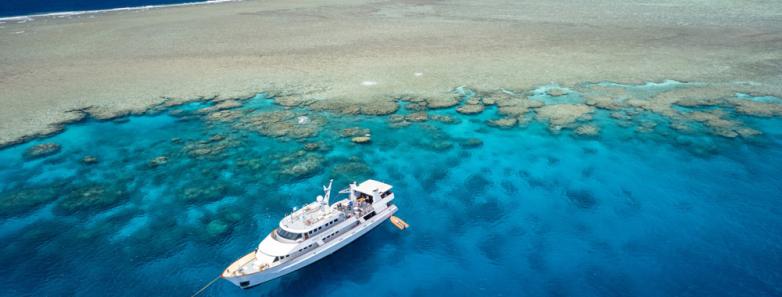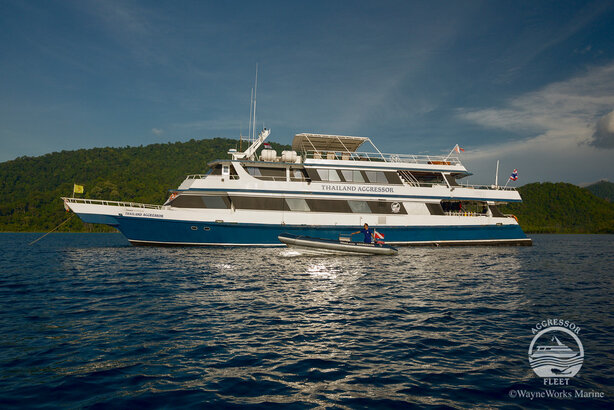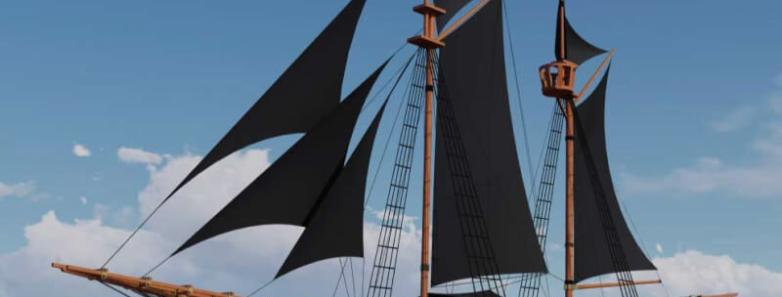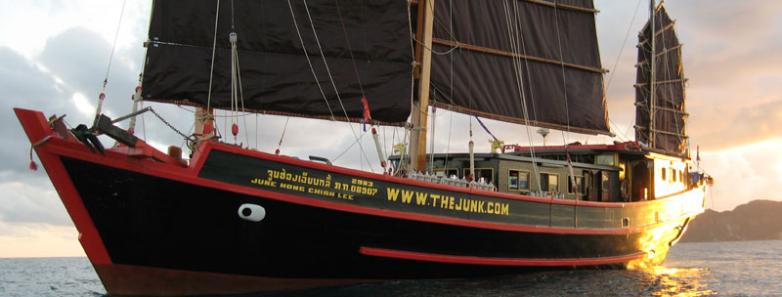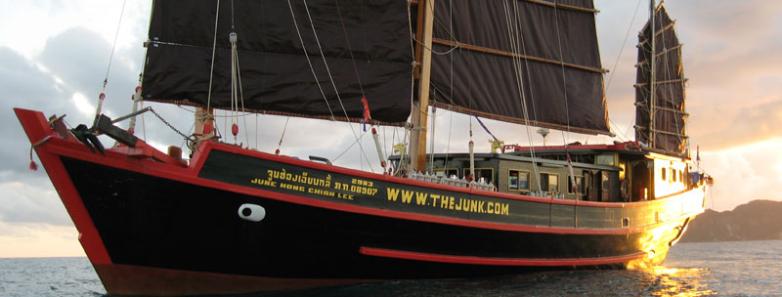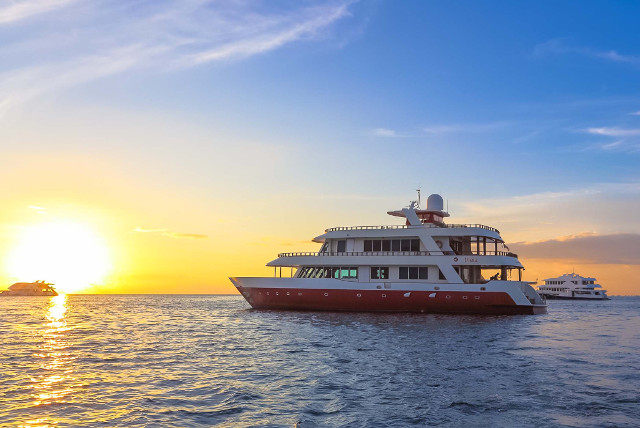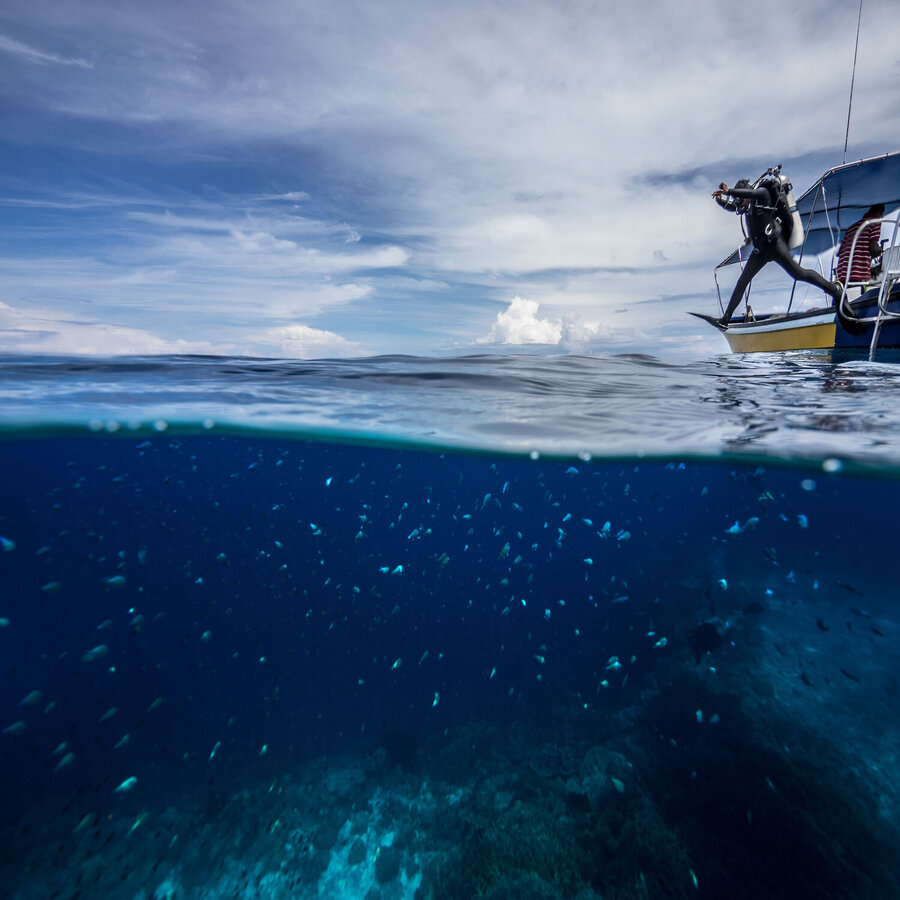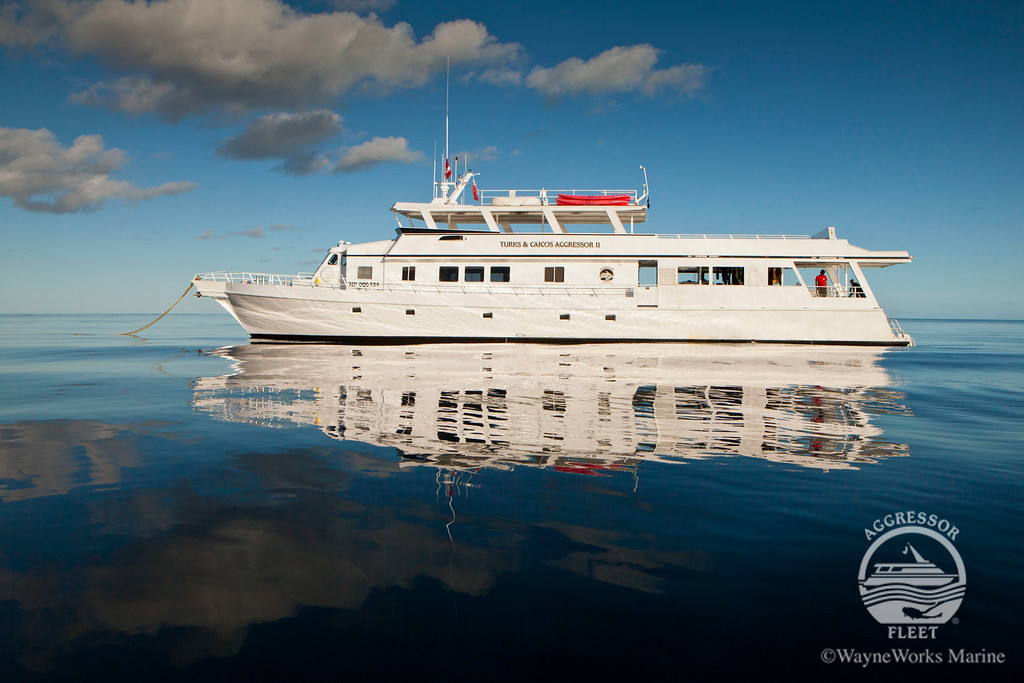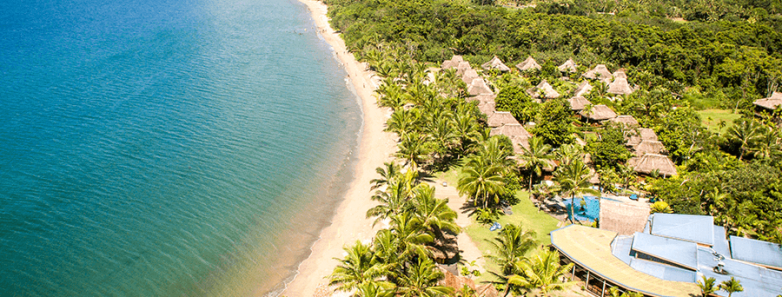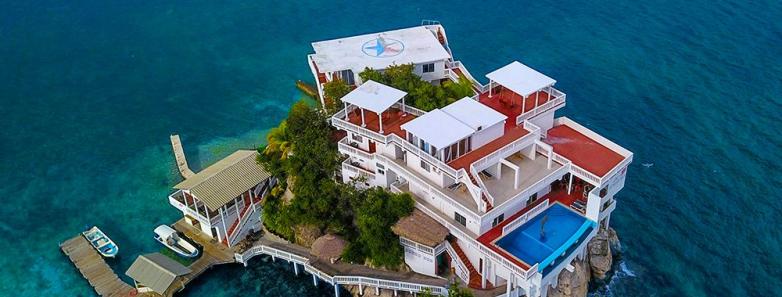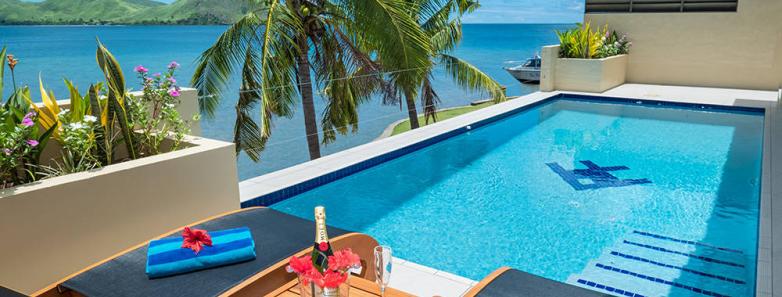Best Diving In French Polynesia
Its stunning underwater diversity makes French Polynesia one of the best diving destinations in the world. French Polynesia is comprised of 118 incredible islands and atolls that host many varied dive sites, boasting colorful and lush reefs, various tropical fish, manta rays, and an array of sharks. One if its island, Mo'orea, is also known to be one of the 3 places on earth where humans can safely swim and snorkel among whales.
Average flight time from LAX
9 hours
Visibility
80–130 feet (25–40 meters)
80°F / 27°C
Average Water Temperature
Tropical Fish
Whale Shark Encounters
Manta Ray Encounters
French Polynesia Diving Highlights
Its stunning underwater diversity makes French Polynesia diving some of the best in the world. French Polynesia is comprised of 118 incredible islands and atolls that host many varied dive sites, boasting colorful and lush reefs, various tropical fish, manta rays, and an array of sharks. One of its islands, Mo'orea, is also known to be one of the 3 places on earth where humans can safely swim and snorkel among whales.
In a nutshell, French Polynesia provides adventure for both the most and least experienced scuba divers--and even snorkelers and sightseers--offering a special experience for everyone.
For another great snorkeling destination, check our some of the best diving in Mexico.
Interested in diving French Polynesia? View the liveaboard live availability in French Polynesia and book online at the best price or check out our sidebar for land-based options!
Intro To French Polynesia
French Polynesia, casually referred to as Tahiti, is one of the world's top dive destinations, and definitely one of the world's best locations for shark diving. Boasting at least 16 species of shark, the shark population is very high--estimated to range into the millions--which means divers have the potential to see hundreds of sharks in the clear French Polynesian waters.
Watch this 40-minute webinar to learn about Fakarava/Rangiroa, the marine life, and some of the great accommodation options, to see if this destination is right for you!
Read Scott Gietler's photo essay on the Wall of Sharks in French Polynesia or readRenee Capozzola's "Epic Shark Diving in Paradise".
Diving Information
Diving Rangiroa
Rangiroa scuba diving offers encounters with dolphins, gray reef sharks, and silvertip sharks. They also have schools of jacks and barracuda, eagle rays, turtles whitetip and blacktip sharks. Manta Rays are sighted occasionally. Visibility is excellent. The bigger sharks can be quite deep, 35 - 50 meters deep. Macro life is limited. In a week stay, you can usually get dolphins to make a few close passes, and they have been known to play with divers.
See also our full guide to diving in Rangiroa.
You might also want to check out shark cage diving. Check out our list of the best places in the world for shark cage diving.
Diving Fakarava
Fakarava is one of the world's best diving destinations, and definitely boasts some of the world's best shark dives, alongside Rangiroa. There are two notable passes in this UNESCO Biosphere Reserve that feed into the lagoon. The first is the Garuae Pass, located on the north side, which is the widest navigable pass in French Polynesia.
The second is the Tumakohua Pass, located on the south side. This pass is home to a narrow underwater valley known as Shark's Hole, which is heavily populated with lemon, whitecap and hammerhead sharks.
Shark diving in Fakarava is really diverse. Some of the sharks you can see include the grey reef, lemon sharks, blacktip and whitetip sharks. There are also many schools of fish, barracuda, and eagle rays. Visibility is excellent.
Read also our full guide to diving in Fakarava.
Diving Moorea
Moorea's underwater world has an infinite range of canyons, chasms, and promontories. Fish feeding is common here so divers are often surrounded by schools of small and large marine life. Some of the highlights of Moorea diving include diving with sharks, such as the amazing lemon sharks.
With a lack of strong currents, Moorea is perfect for beginners while the deeper canyons attract the more advanced divers.
Learn about liveaboard destinations perfect for beginner scuba divers.
Moorea is also an amazing place, if not the best place in the world forswimming with whales, especially the humpback whale. A myriad of humpback whales migrates this area, from July to October/November. During this period of time, you encounter the whale population on the outer reefs of the island, searching for mates or nursing their young.
Read also our full guide to diving in Moorea.
For another great destination with humpback whales, check out diving in the Dominican Republic.
Learn about the exciting whale encounters in San Ignacio, Mexico.
You might also want to read about our 2023 trip to Moorea.
Diving Bora Bora
Diving Bora Bora, the most beautiful lagoon in the world, is on many divers must do list because of the abundance of large marine life. In Bora Bora, known as the "jewel of the south seas," diving is famous for manta rays and sharks, and you will see colorful hard and soft corals, teeming with reef fish everywhere.
The diving season in Bora Bora is year-round. The water temperature is always warm with an average of 84F (29C) in summer and 79F (26C) degrees in winter. The water is very clear, the visibility is over 100 feet (30m).
Travel Information
How To Get There
The easiest way to get to French Polynesia is to fly into Faaa International (PPT), on Tahiti and continue with a ferry or domestic flight to the island of your choice.
How To Dive French Polynesia
There are many dive resorts in French Polynesia with a wide range in prices, such asHotel Maitai Rangiroa, Hotel Kaveka, and Manava Suite Resort Tahiti, just to name a few. Liveaboards are also available.
Read more about diving in Polynesia from our Polynesia Trip Recap 2019.
Weather
December and January are the rainy months. Any other time is excellent for French Polynesia diving, although it can be crowded during French holidays and school holidays. Water temps are 81 degrees Fahrenheit.
Internet/WiFi
The WiFi in many resorts around French Polynesian can be intermittent, especially in the islands of Rangiroa and Fakarava. It is worth checking if your cell provider offers data bolt-ons to give you connectivity during your trip.
There are also a surprisingly good number of options to buy local data when you arrive in Tahiti. Tahiti WiFi has a stand in the airport where you can rent a box that connects you to WiFi on most islands (it doesnt work so well in Fakarava and Rangiroa). The box acts as a router and allows you to connect several devices to WiFi at one time. It can be pre-booked for you to pick up at the airport or delivered to your hotel https://www.tahitiwifi.com/. They offer various data packages starting at 5GB for 4,600 XPF ($7).
A cheaper option would be to buy a SIM card for your phone which you can then use to hotspot to other devices. The Tahiti WiFi stand sells Vodafone SIM packages which work well in Tahiti and Moorea, but again arent so great in the more remote islands. They offer 3 packages starting at 2GB data, 30 minutes of local calls, and unlimited texts for around $4. Once you have your SIM card, you can top it up or buy more data at most supermarkets around the islands.
If you plan to island hop and will be exploring Fakarava or Rangiroa, your best option is to buy a SIM from local provider Vini https://www.vini.pf/mobile/international/vini-travel-card. These can be purchased from Cafe Maeva at the airport. Their packages are a bit more expensive but offer excellent coverage all over French Polynesia. For example, the Vini Travel Card costs 4,000 XPF ($33) and gives you 9GB data as well as some bonus calls and texts. Once you have your SIM card you can top it up at most supermarkets around the islands.
If you arrive out of hours and everything at the airport is closed, there is a gas station within a 5 minute walk of the airport that also sells local SIM cards.
Another excellent option for compatible devices is an international eSIM, which has many benefits including the ability to purchase and set up your plan before you land in French Polynesia so you don't waste any of your precious vacation time. For more information, read this review of Airalo international eSIM, which details how to use it, how it works, and some tips for how to get the most out of the service.
Topside & Non-Diving Activities
- Hiking
- Sightseeing
- Polynesian Dance
- Pearl farms
- Shopping in markets across the islands
- Various tours & excursions
Other Useful Information
Practical Information
- Currency: French Pacific Franc
- Language: The official language is French but you can expect English to be spoken in some tourist destinations.
- Main Airport Code: PPT
- Time Zone: UTC-10
- Electricity: 220 V 60 Hz
Fakarava
Fakarava, a UNESCO Biosphere Reserve in French Polynesia, is famous for its shark encounters. Divers can expect thrilling drift dives through narrow passes, where hundreds of sharks gather to feed. The region also boasts beautiful coral reefs, abundant marine life, and crystal-clear lagoons, making it a must-visit destination for adventurous divers.
Moorea
Moorea, a French Polynesian island, offers divers crystal-clear waters, colorful coral reefs, and the opportunity to dive with sharks and rays. Known for its year-round encounters with blacktip reef sharks and stingrays, Moorea is ideal for both beginner and advanced divers. The islands dramatic volcanic peaks and turquoise lagoons add to its allure.
Rangiroa
Rangiroa, a stunning atoll in French Polynesia, offers incredible drift diving through its two main passes, where divers can encounter sharks, dolphins, and manta rays. The crystal-clear waters and prolific marine life make Rangiroa one of the top dive destinations in the world, especially for those seeking exhilarating encounters with large pelagics.

DEALS & SPECIALS
Dive Into Our latest French Polynesia Special Offers
All deals
RELATED ARTICLES
Stories Beneath The Waves
All articles

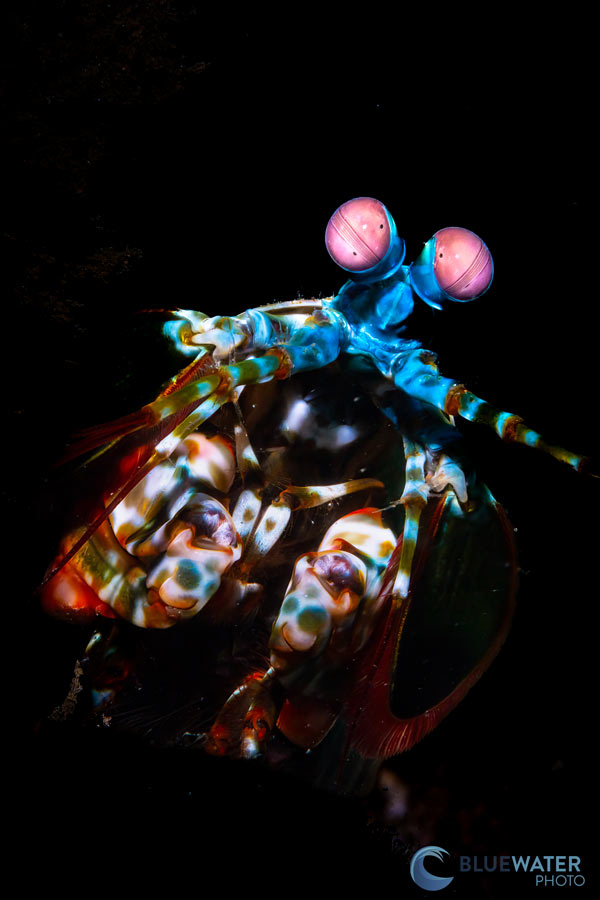




















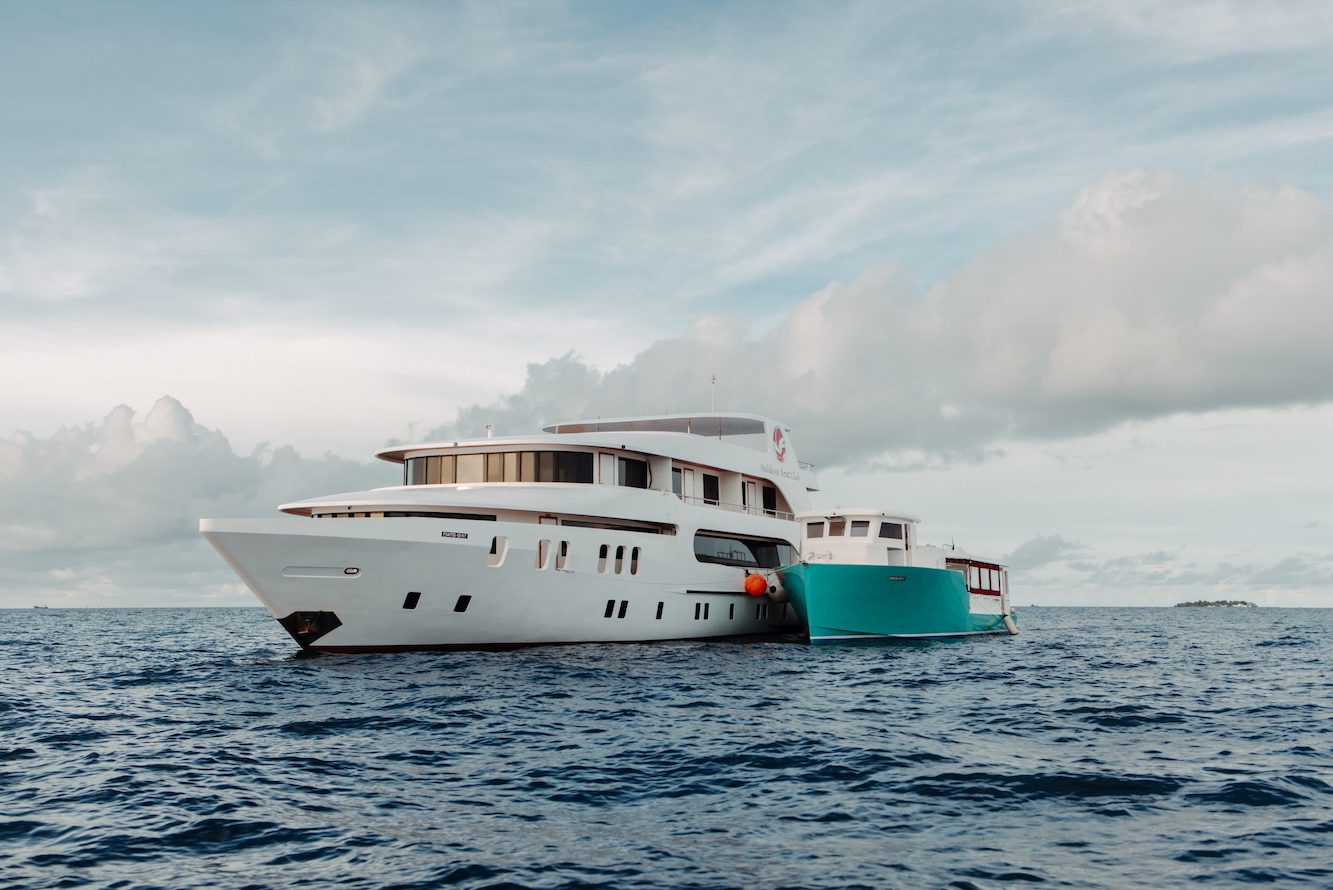
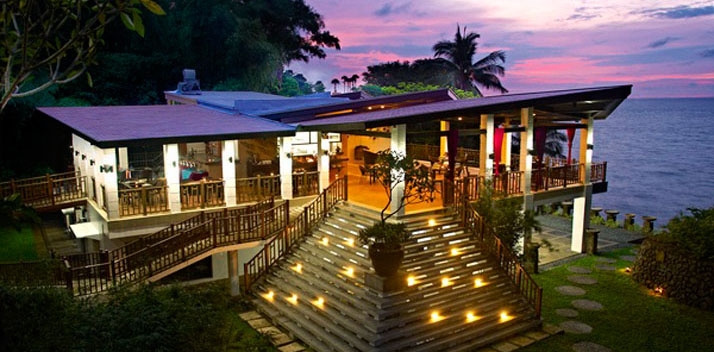

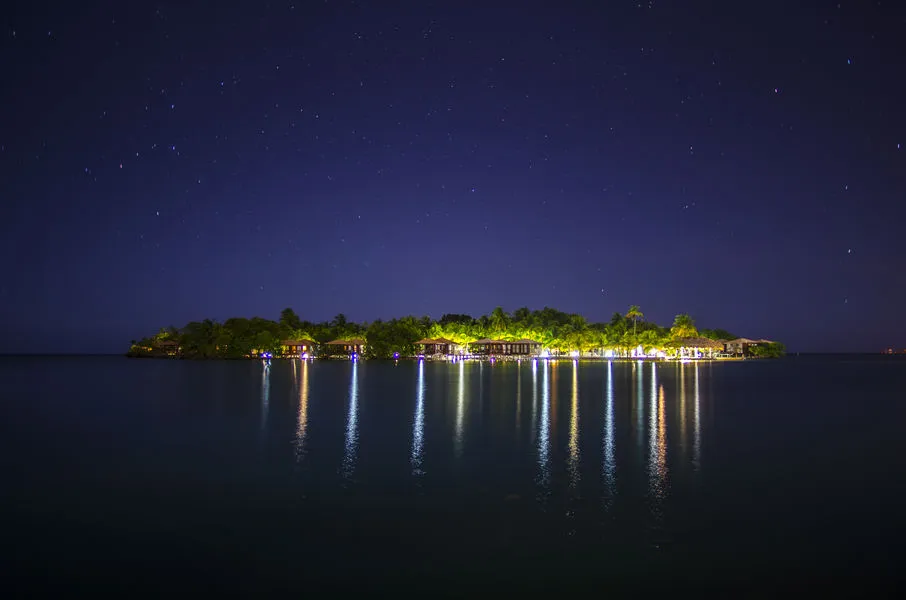
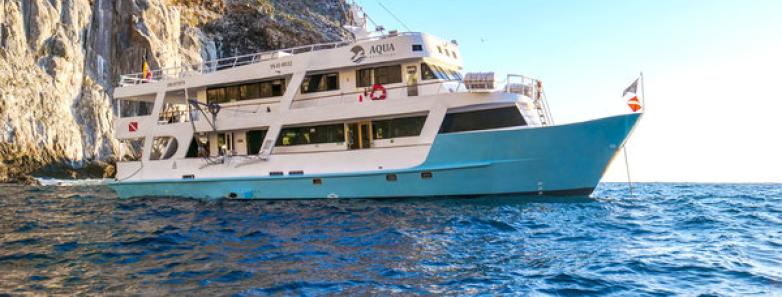
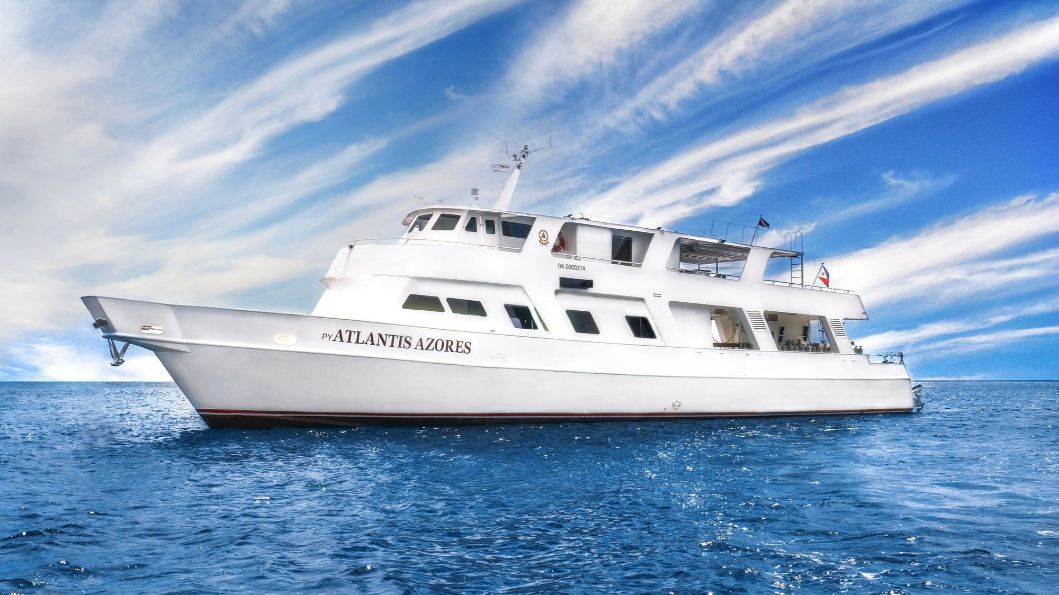
_1742377020.jpg)
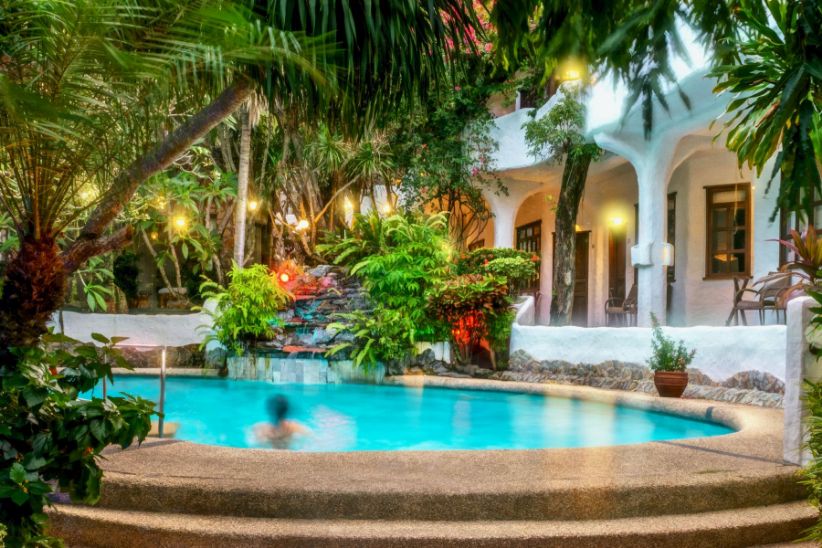
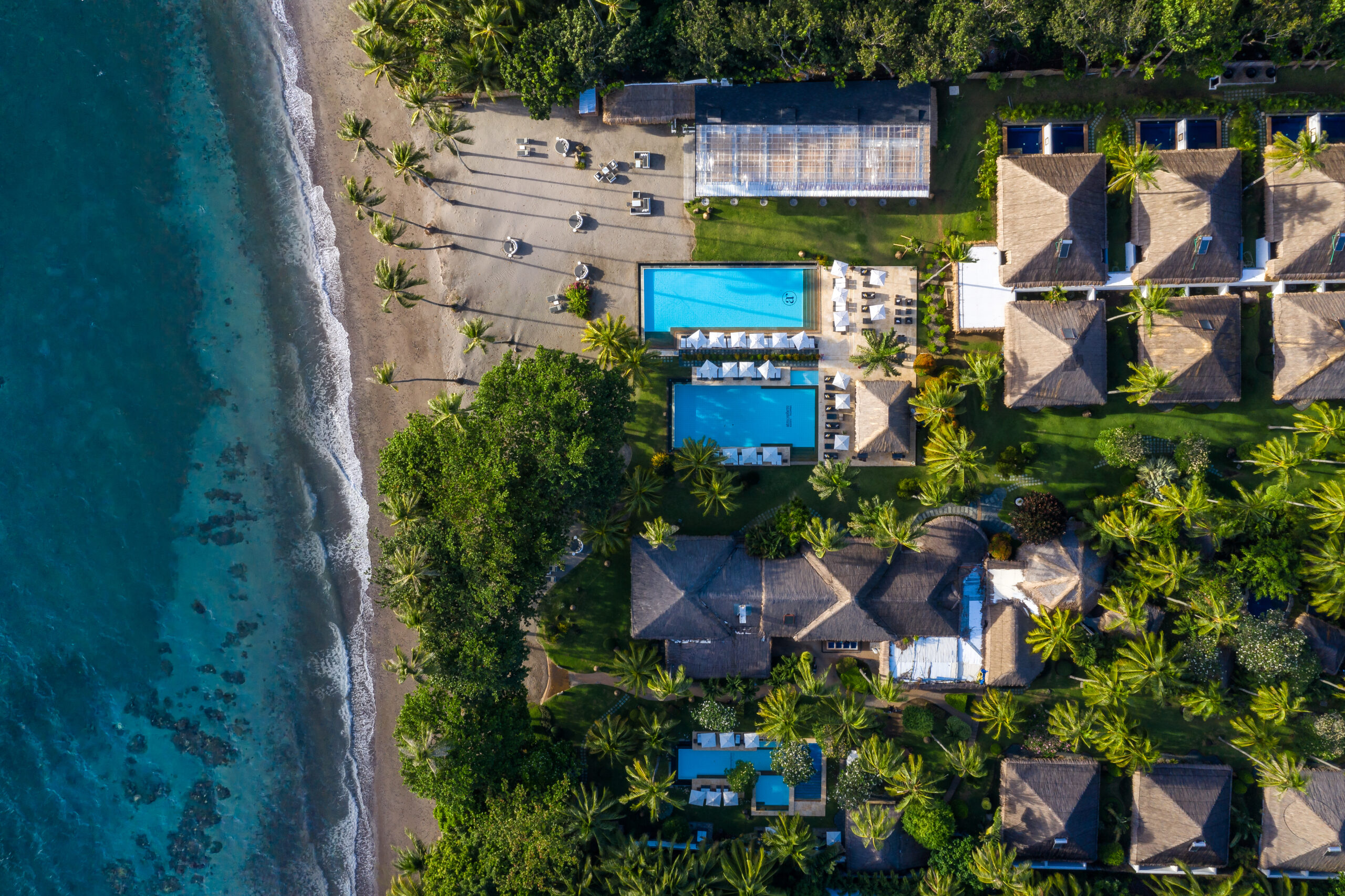
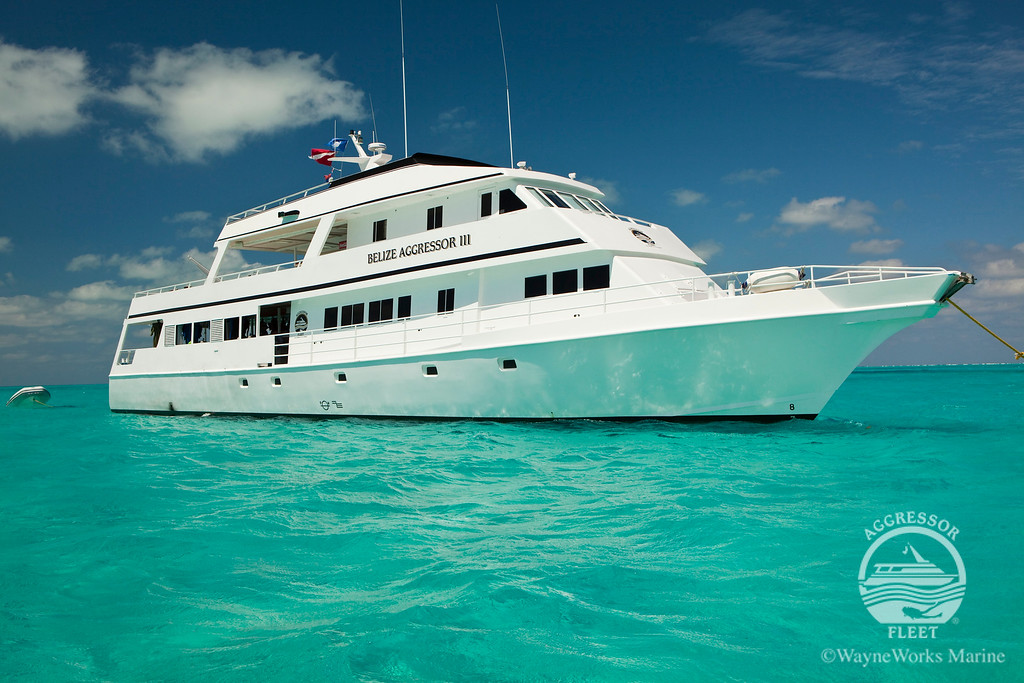
_1742825542.png)
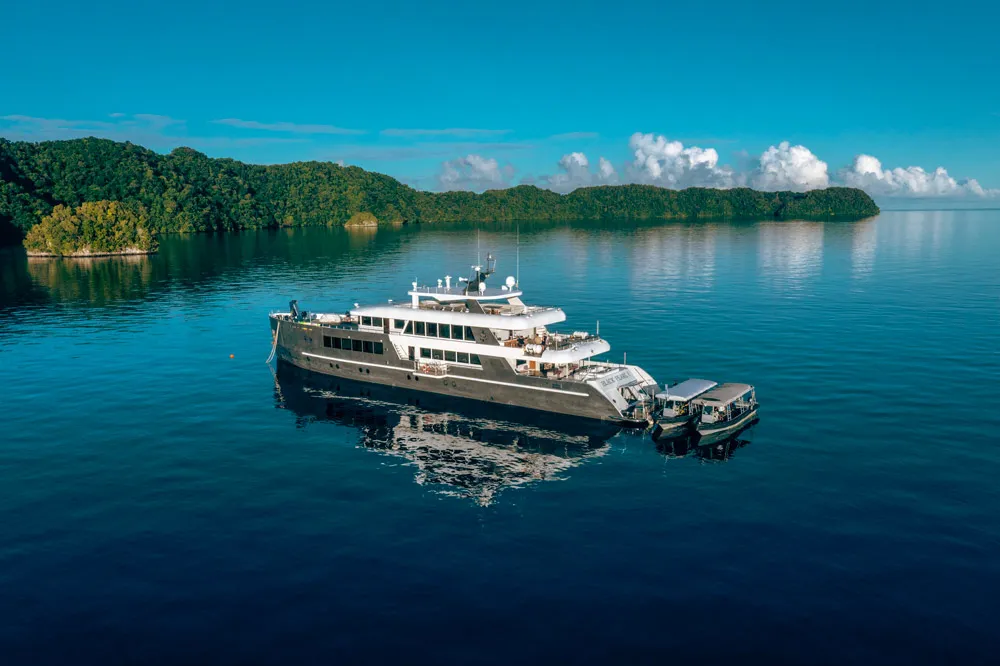
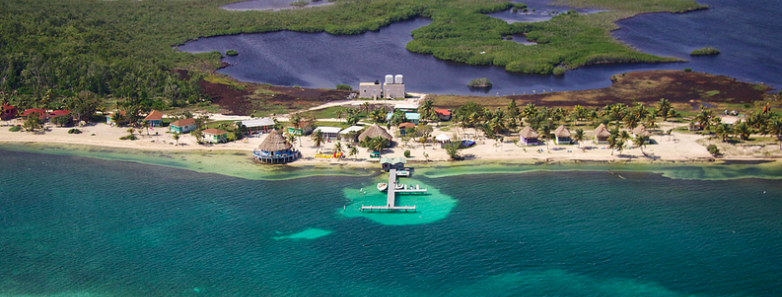
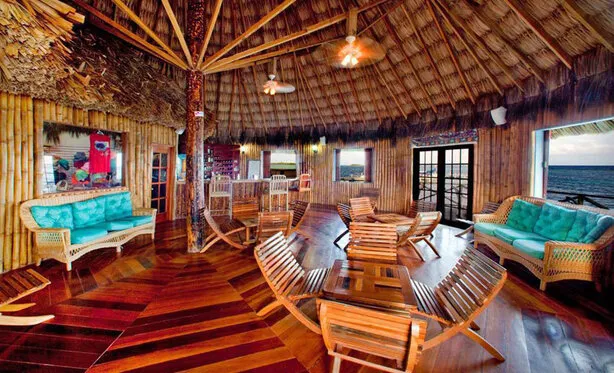
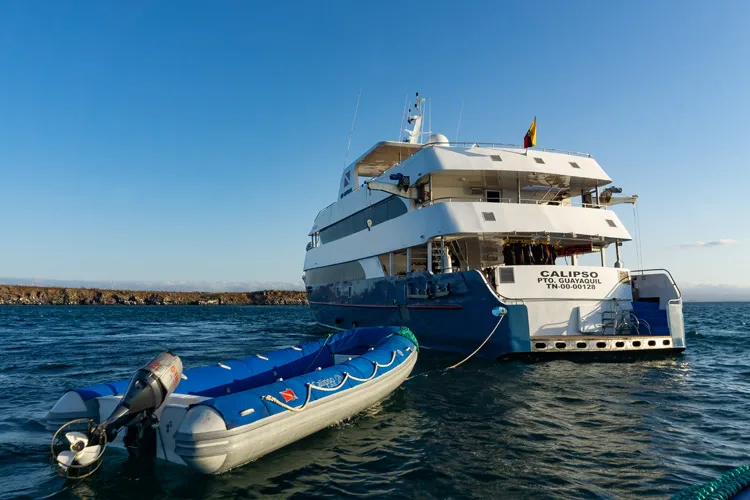
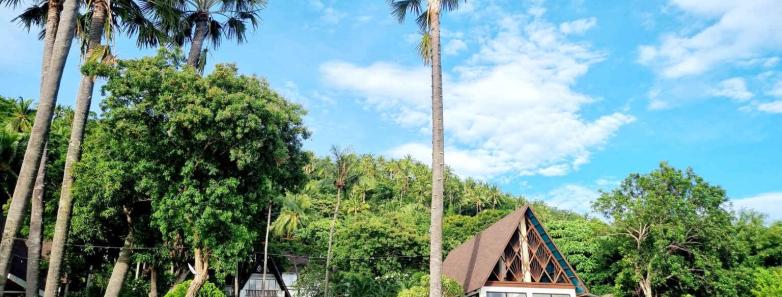
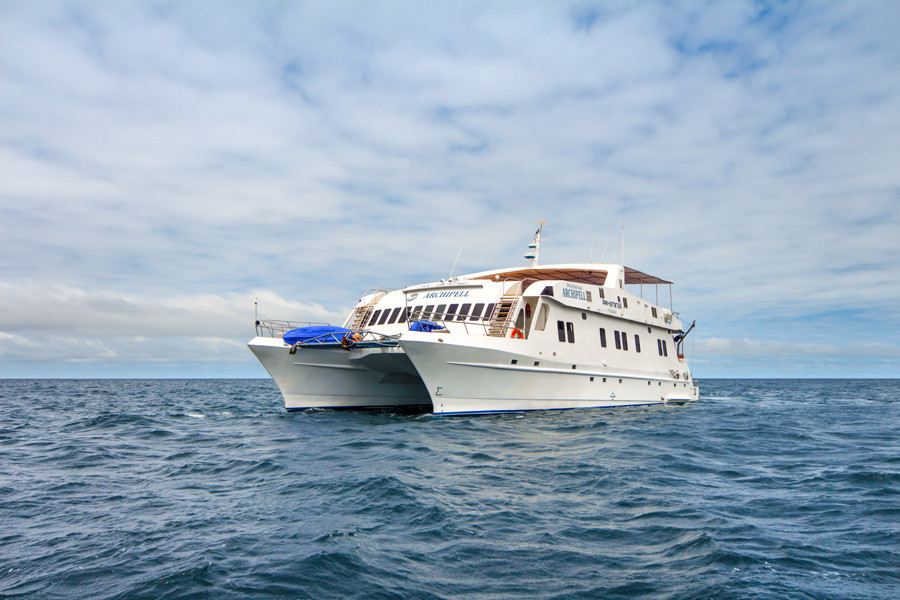



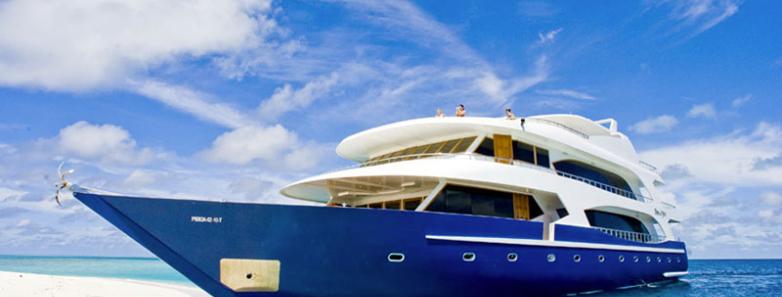
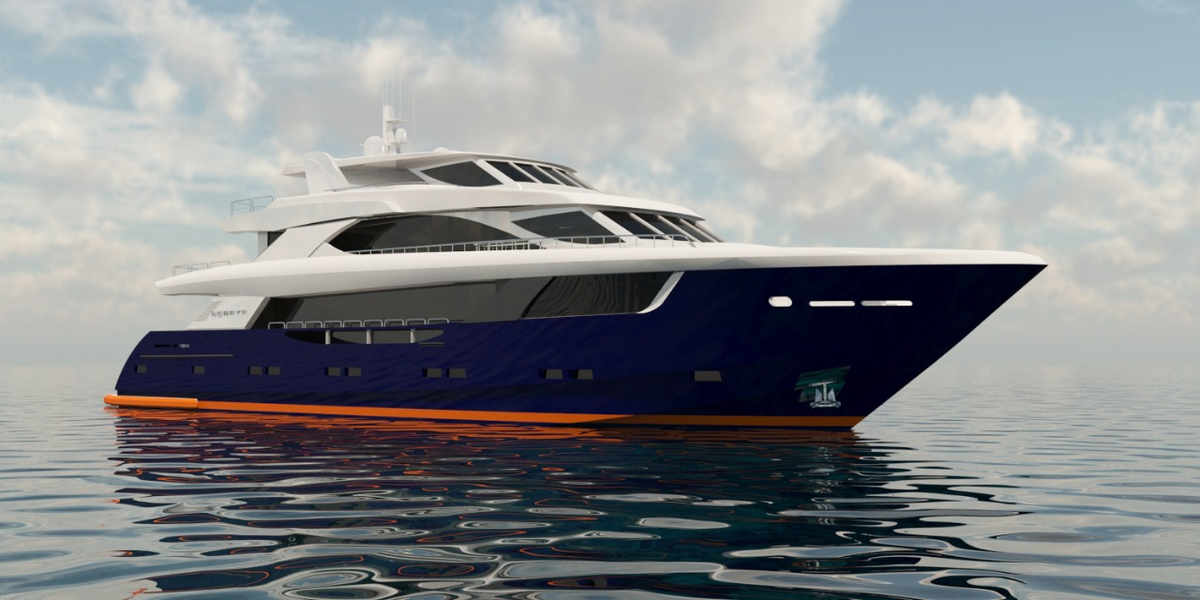
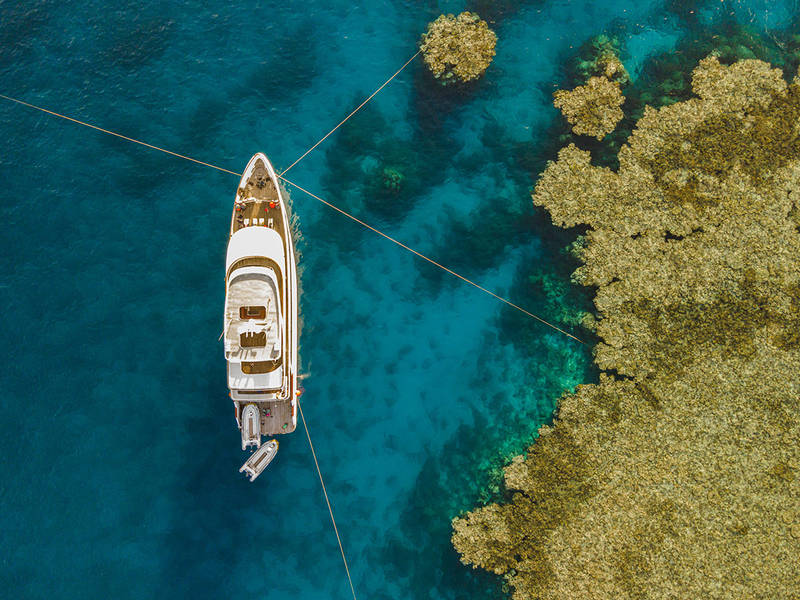
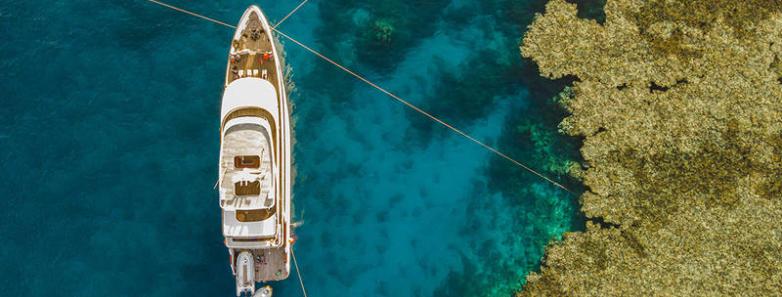
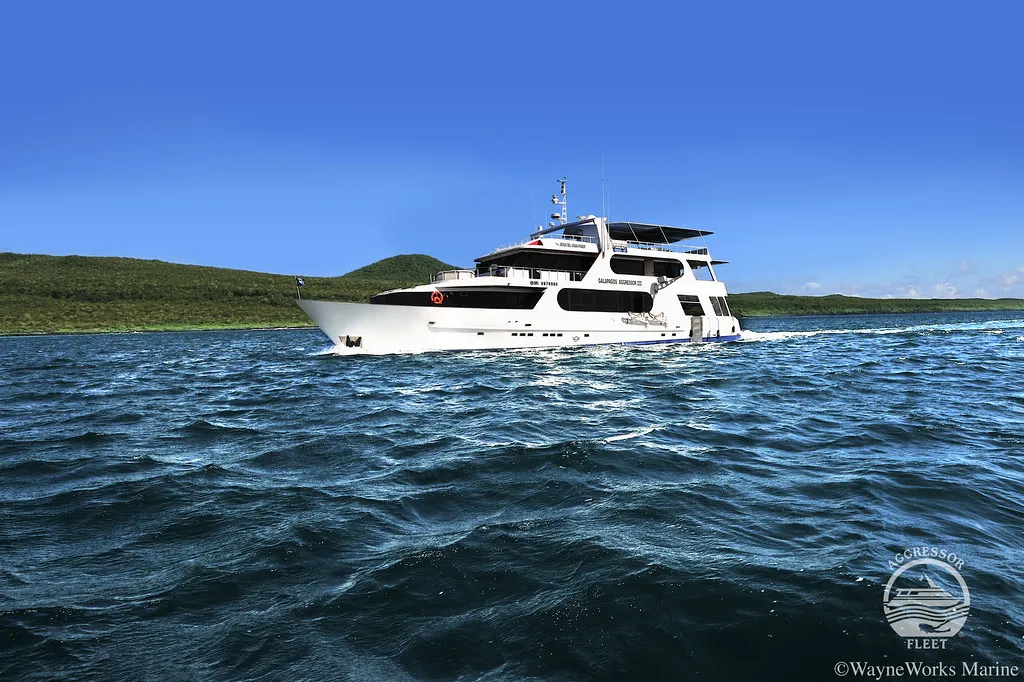
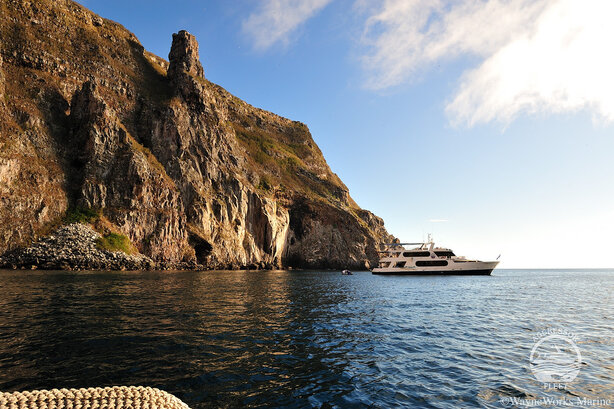
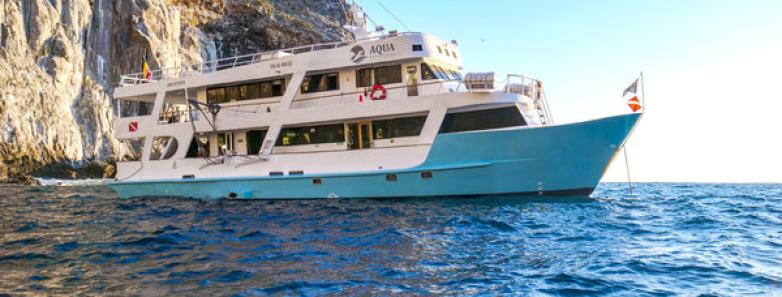
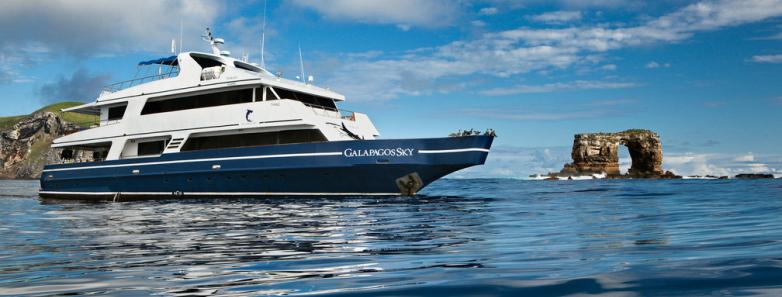
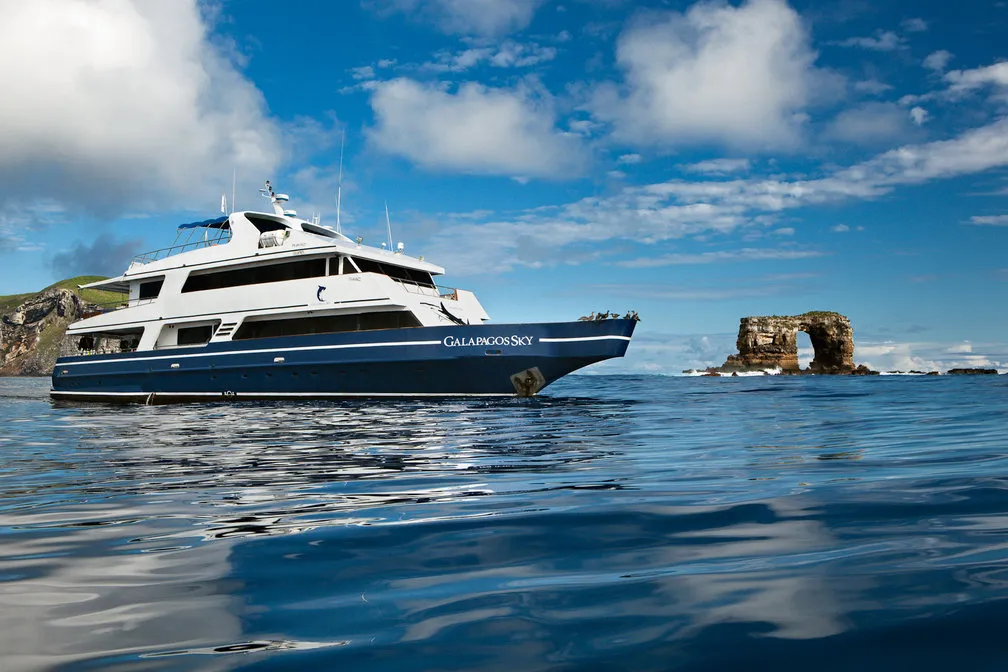

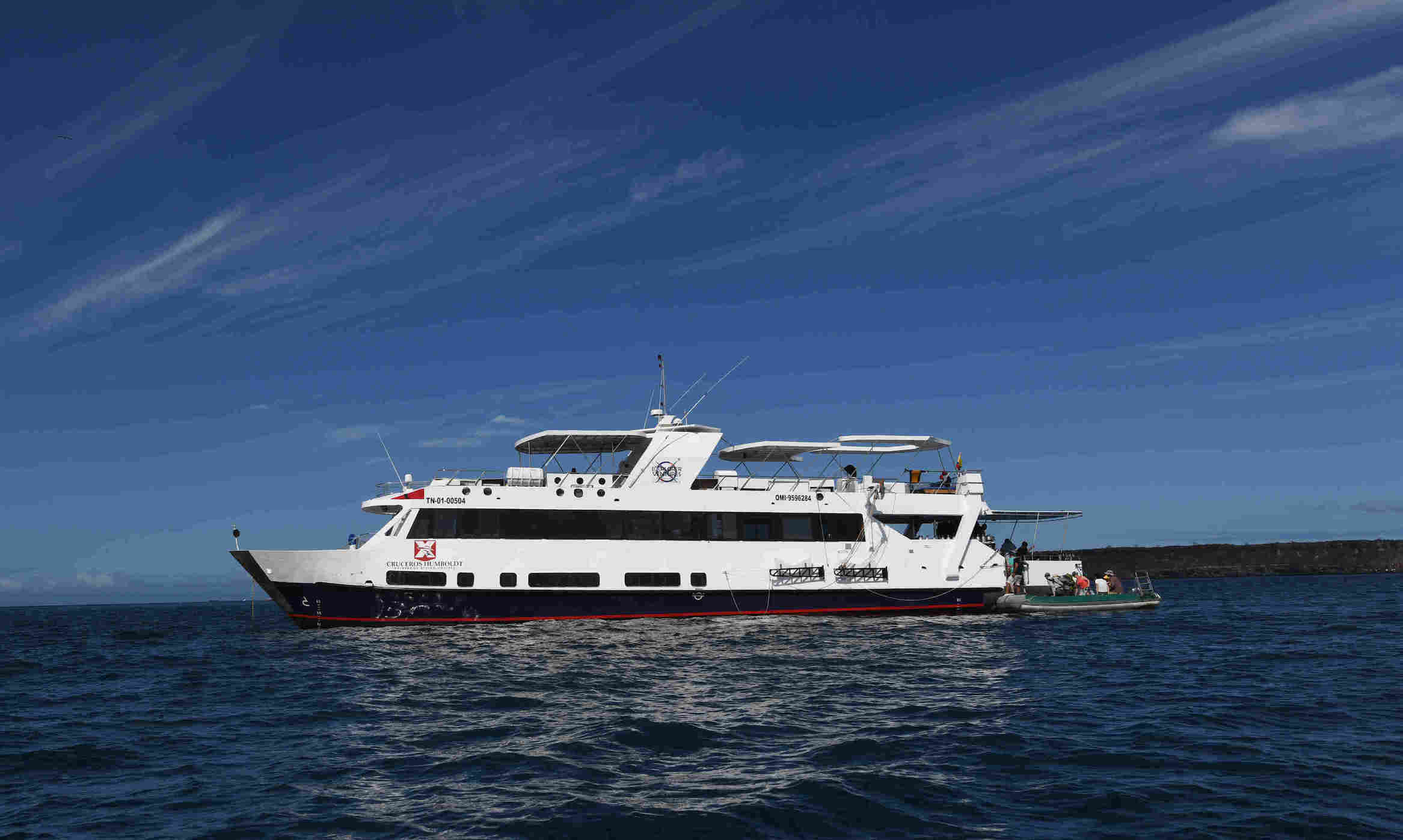


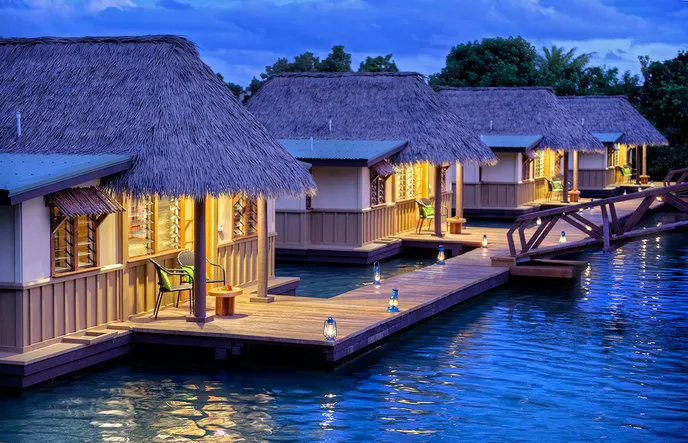
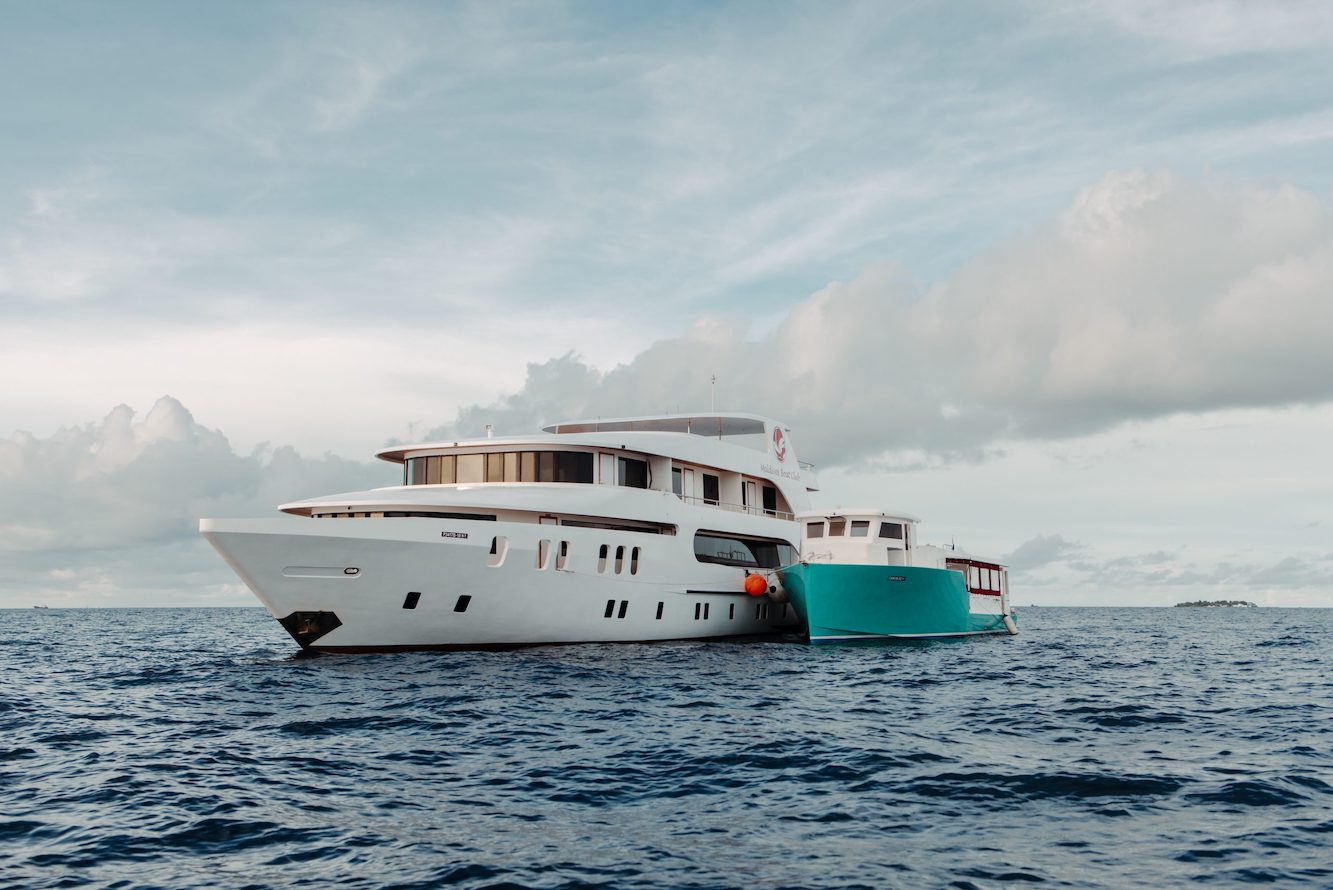
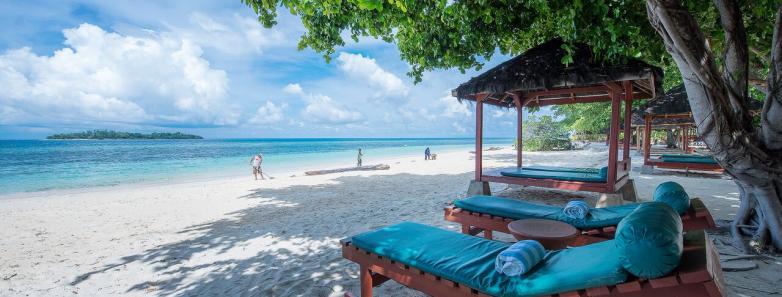
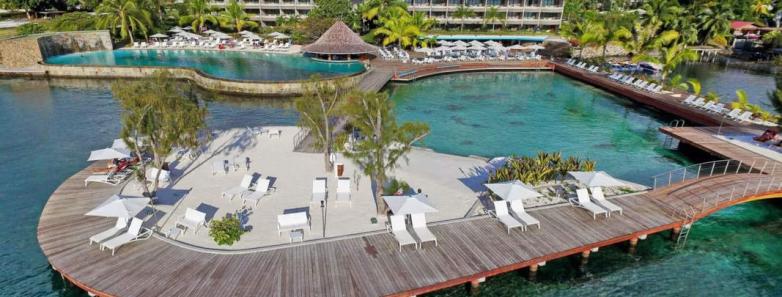
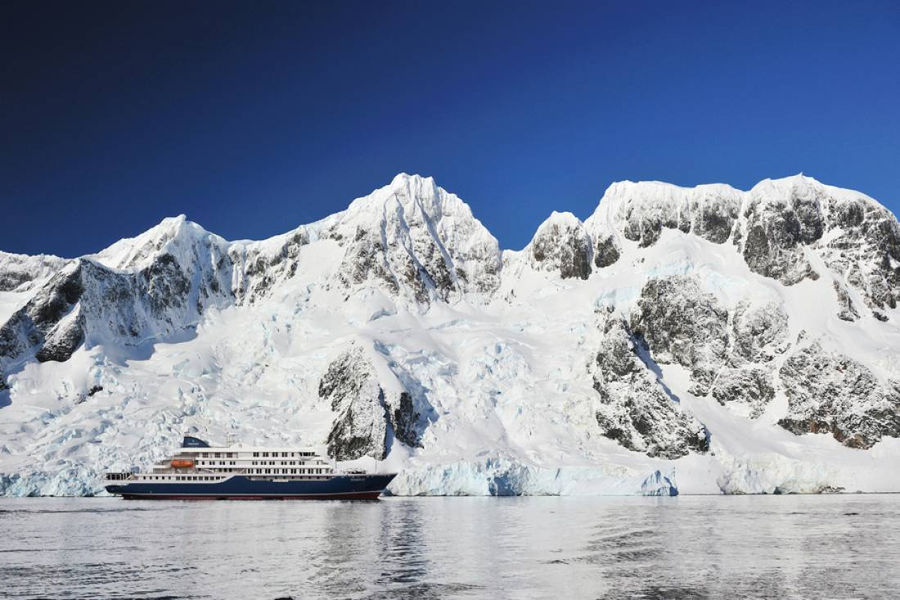


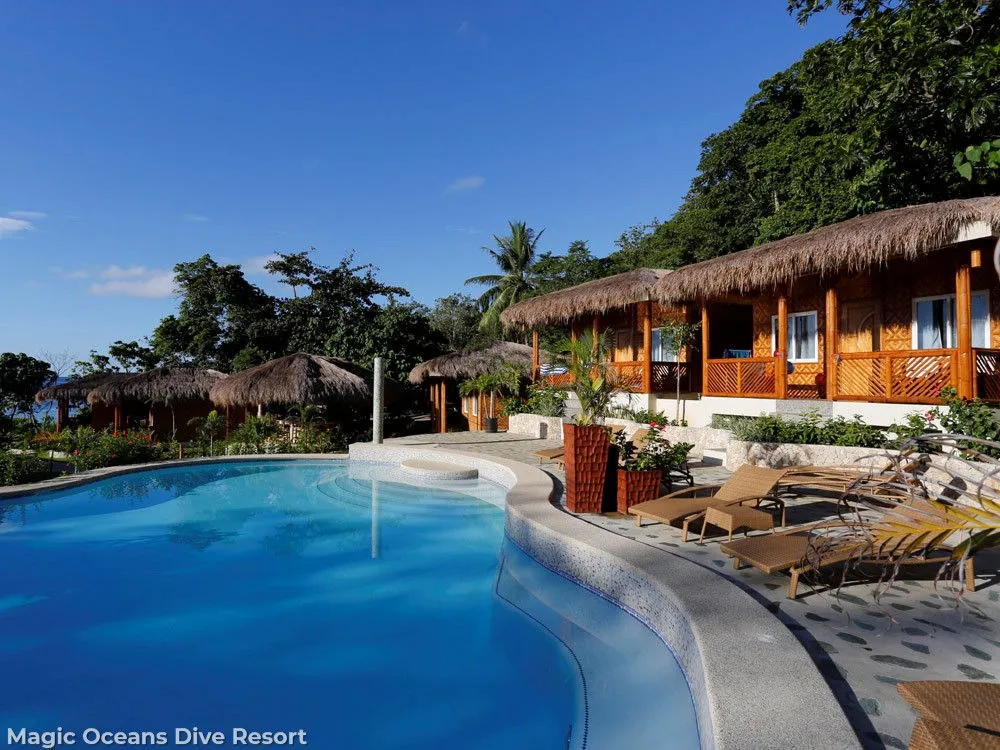
_800x544-optimized_1743009191.webp)

